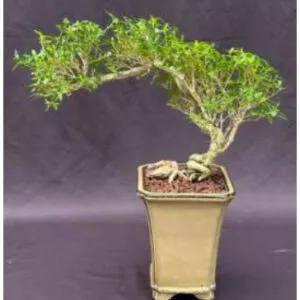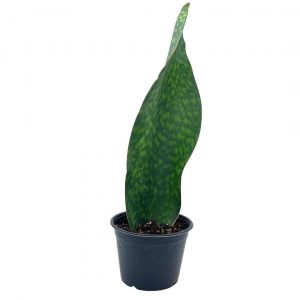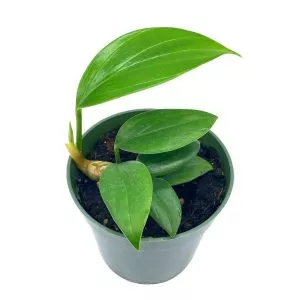No products in the cart.
A perfect outdoor plant adding shade to beauty in the garden in season is the Kaleidoscope Abelia. The cultivar of the Abelia x grandiflora is a delight to have as the foliage color changes. From late spring to the fall, you have flowers that grow in compact spaces to open beds.
It is a great beginner gardener plant to add year-round interest to any space.
Plant Name: Abelia × grandiflora ‘Kaleidoscope’
Other Name: Kaleidoscope Abelia or Glossy Abelia
Plant Type: Flowering Perennial, Semi-Evergreen Shrub, or Deciduous Shrub
Native Areas: Asia and Central America
Light Requirement: Full Sun to Partial Shade
Watering: Moist Soil
Fertilizer: Slow-Release Fertilizer
Toxicity: Non-toxic
Temperature: Down to -10ºF and between 60 to 75ºF.
Propagation: Cuttings and Seed
Growth: 2-3 feet high and 3-4 feet wide
Soil Type: Chalky, Loamy, Sandy Soil
USDA Hardiness Zones: 6-9
More About Kaleidoscope Abelia
The Kaleidoscope Abelia is from a family of shrubs originating from Asia and the Central American regions of Mexico. The Glossy Abelia is a dwarf variety of Abelia shrubs. This is a low-maintenance plant that has a long bloom period suitable for mass planting, flower beds, and compact spaces.
When you look at this evergreen shrub, it seems it has a variegated branch sport to foliage—the variegated foliage color changes with the season, looking fabulous in mass plantings. With spring growth, summer’s color changes from golden yellow to green.
In spring, pink buds open up into tubular white flowers in summer. When colder climates arrive, the leaves change from a rich red to an orange. But in warm temperatures, it remains an evergreen shrub. Abelia grandiflora flowers are vibrant that turn purple-bronze in color when autumn arrives.
Half of the leaves drop in colder regions, and when in growing zones with freezing temperatures, it grows like a deciduous shrub. These are acid-loving plants with flower production returning year after year.
The Grandiflora Kaleidoscope is a dwarf species reaching heights of three feet tall and four feet wide. It can take up to five years to mature.
Glossy Abelia Care Guide

The Abelia x grandiflora Kaleidoscope, with its variegated foliage turning golden yellow to green, is a delight in the garden. These are low-maintenance plants that grow by themselves.
The evergreen shrub is deer resistant, not to mention drought tolerant, to withstand full sun to partial shade. Still, if you want to keep a spectacular leaf-to-flower display, follow the tips below for your Abelia shrubs.
Planting Glossy Abelia in Early Spring or Fall
When you live in the growing zones 6 or 7, planting your semi-evergreen shrub in spring is best after the final frost passes.
For warmer climates in the USDA zones 9, you can plant your Abelia shrubs in the fall. It will help your Abelia Kaleidoscopes to develop a strong root system before the early summer heat arrives.
Once your plants arrive, prepare a planting hole with organic compost and ensure it is well-drained, moist soil. Ensure the hole is deeper than the root ball and twice the width.
Gently loosen the roots before inserting your plant, and add soil and compost to fill the gaps before giving them a thorough drink of water. Then add some organic matter to help control moisture.
Water your Grandiflora Kaleidoscope well for the first few weeks, allowing your plant to become established. Then sit back and enjoy the pink buds, red stems, and foliage colors as the seasons change.
The Best Soil pH Range For Your Evergreen Shrub
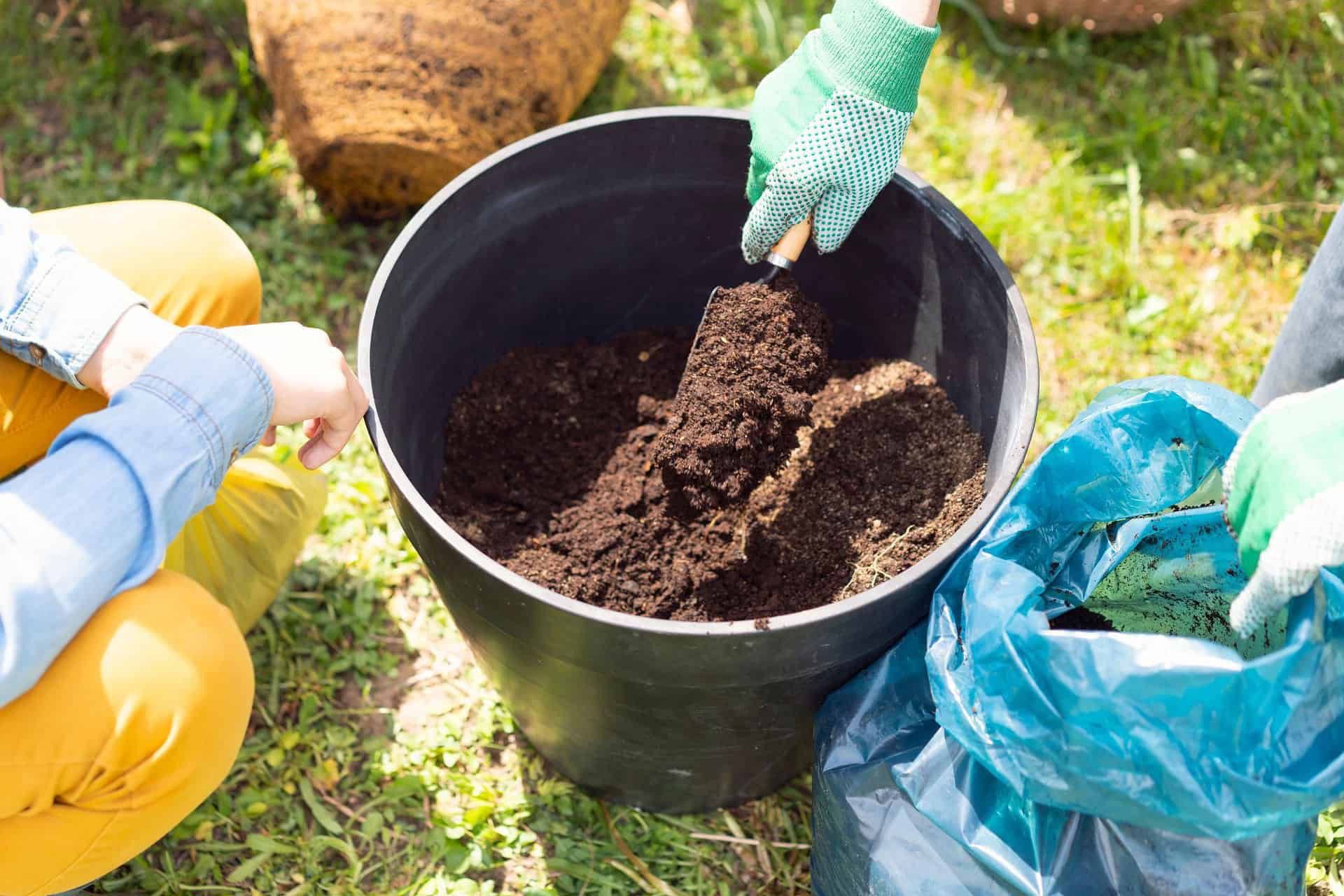
The most important thing for your Grandiflora Kaleidoscope is well-drained soil that can retain moisture. Your semi-evergreen shrub can tolerate different soil types, but the soil pH needs to be between 5.0 and 7.5.
While your Abelia Kaleidoscope can take extreme heat, the soil must remain moist. The semi-evergreen shrubs prefer an acidic potting medium.
Light Preferences For Abelia x Grandiflora Kaleidoscope
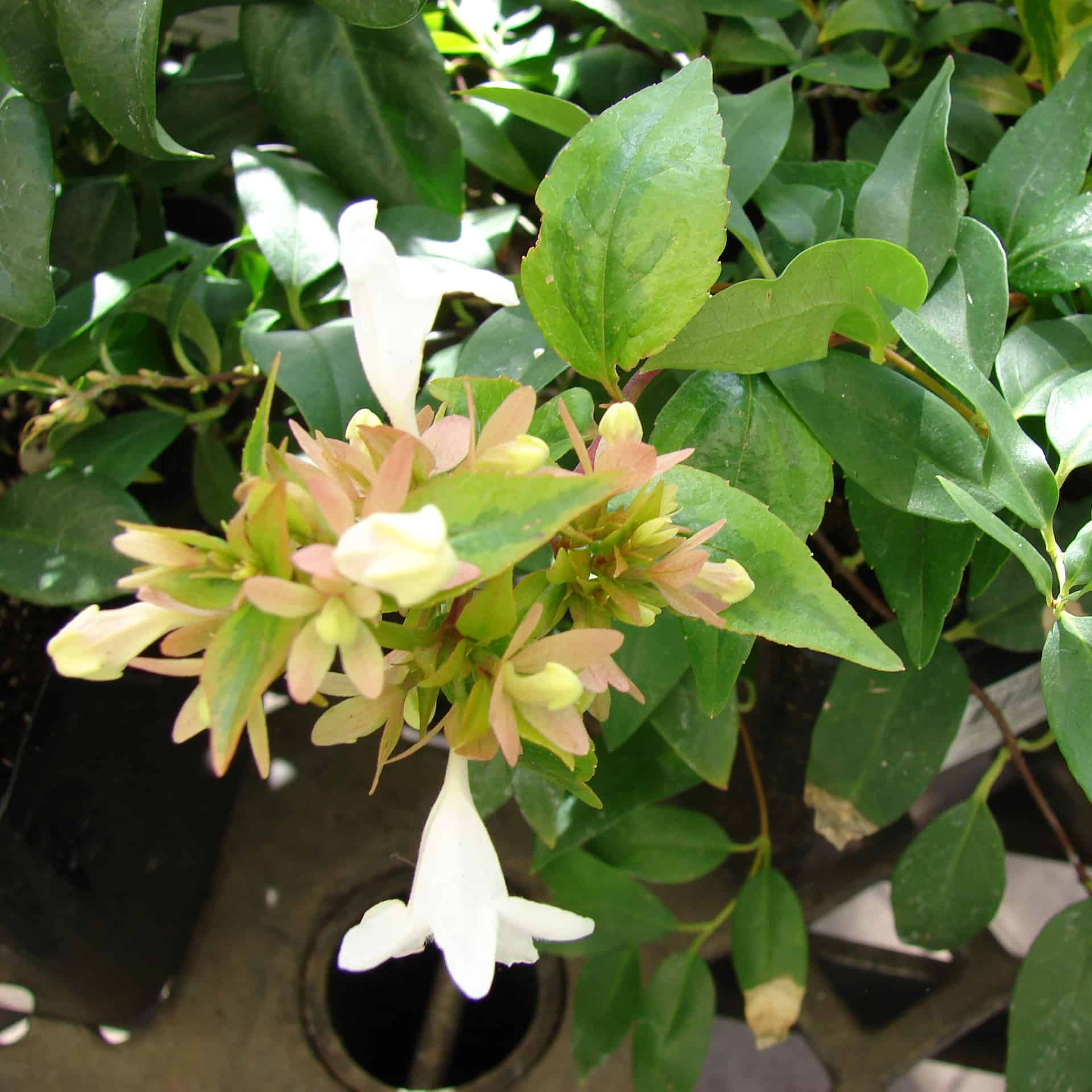
Compared to other plants grown in the growing zones, your Abelia Kaleidoscope loves bathing in full sun. While in spots with extreme heat, some afternoon shade is welcome. The important thing for flower production is for your plant to get at least 8 hours of direct sunlight.
Watering to Keep Soil Moist and Prevent Root Rot
Your Abelia Kaleidoscope prefers soil that is moist but not soggy. Hence, it helps to check the top two inches using your finger in the soil to see if it needs watering. Still, it all depends on your growing zone and whether your plant is standing in full sun.
Temperature and Humidity
 garden plants with abelia grandiflora @cultivar413
garden plants with abelia grandiflora @cultivar413
The Glossy Abelia adjusts to different temperatures, but an ideal spot is between 60°F and 75°F. Your evergreen shrub can tolerate temperatures down to -10°F. Still, in cold regions with hard frost, it can cause damage to the variegated foliage.
The Glossy Abelia can handle medium humidity to drought but prefers consistently moist soil. Growing your Abelia Kaleidoscope in hard frost regions in containers helps to move them indoors.
Fertilizing Abelia Kaleidoscope
This semi-evergreen shrub does not need much feeding in a year. Yet, using a slow-release fertilizer, you can provide your Abelia Kaleidoscope with two to three doses yearly.

We recommend giving the first feed in early spring before new growth appears. Then you can use a granule feed made for plants that thrive in acidic soil filled with nitrogen at the end of summer.
Pruning Abelia x Grandiflora Kaleidoscope
You can deadhead the spent flower heads when blooming to encourage more flower production. The Grandiflora Kaleidoscope produces new growth on the newer wood, so prune lightly.
A light prune helps train your Abelia Kaleidoscope to grow as a shrub into a desired shape. Winter pruning is advisable for these plants. You can cut it back more than a third to promote bushier growth. Or you can prune to remove dying old wood.
Potting Grandiflora Kaleidoscope
A fantastic thing about the Abelia shrubs, like the Kaleidoscope, is that they grow well in containers. But you will need to repot them every two years. Choose a container a few sizes bigger for added growing space.
Before transplanting your Grandiflora Kaleidoscope, water it a few days before the time. Add some of the previous potting mixes with fresh compost to the pot.
Propagating Grandiflora Kaleidoscope
You can use hardwood cuttings to propagate your plant, but we recommend using softwood cuttings. You can take the softwood cuttings in spring and the hardwood cuttings in the fall. Either option, you can grow as follow:
Get a pair of sterilized shears to cut small semi-ripe cuttings about six inches long below a leaf node.
Remove the lower leaves and dip the cut end into the rooting hormone.
Prepare a pot with well-draining soil and plant the cut end into it.
Keep the soil on the moist side and place the container in bright indirect light.
You should see roots developed in a month or two.
While you can also use seed, using asexual propagation is best to produce a plant similar to the parent. Furthermore, the Glossy Abelia is sterile and does not produce seeds.
Kaleidoscope Abelia Varieties
The Kaleidoscope Abelia is a spectacular plant indoor with its golden yellow foliage. Still, you can find other Abelia shrubs to grow in the garden.
The Glossy Abelia

The Abelia x grandiflora is a parent plant of the Kaleidoscope Abelia and a popular variety to grow in different USDA zones. It is a semi-evergreen shrub with shiny foliage to provide lasting evergreen color in warmer climates.
Rose Creek Abelia

the Abelia x chinensis has variegated foliage that runs from green to bronze, and the flower buds turn pink to white. It has deep red branches as well.
Kaleidoscope Abelia Common Diseases and Pests
The Grandiflora Kaleidoscope is a hardy plant, but you can still find them bothered with pests and diseases. Here are some common problems encountered with the Abelia Kaleidoscope:
While the Abelia Kaleidoscope is tolerant to drought, it can suffer from underwatering. In addition, the variegated foliage wilts showing it is thirsty.
Another concern is overwatering, leading to root rot, and the best is to check the roots to see if they are mushy or have a foul smell. You can trim the rotted roots and provide your plant with fresh potting medium and water when the top few inches are dry.
In warmer regions, your Abelia Kaleidoscope can suffer standing in full sun as the foliage becomes faded and scorched. Hence, it helps to provide your plant shade in the afternoon.
Common pests found on your plant are aphids that drink out the sap leaving your Abelia Kaleidoscope weak and vulnerable to diseases.
Frequently Asked Questions
As the Abelia Kaleidoscope has a compact and lower height, you can grow them with the following perennials:
Agapanthus
Lilac
Myrtle
Spirea
Viburnum
Pruning heavily can reduce the flowering of your Abelia Kaleidoscope as new shoots sprout from new growth in the growing season. Also, fertilizing with too much nitrogen can reduce flowering.
If you live in the USDA zones where it gets cold, the Abelia Kaleidoscope will lose half of its leaves compared to the other hardiness zones where it is warmer.
During the spring to late summer, the flowers are very fragrant before the variegated foliage starts changing color in early fall.
You can find the Abelia Kaleidoscope at a local nursery or Plantly online. Hence, you can enjoy having your plants delivered to your door.
Whether you want to buy, sell, or simply reach out to other plant enthusiasts, Plantly is the right place to be!
-
$304.59Sold By: BONSAI WORLD LLC
Only 1 left in stock
Chinese Flowering White Serissa Bonsai Tree of a Thousand Stars
Sold By: BONSAI WORLD LLC -
$44.99Sold By: BubbleBlooms
In stock
Sansevieria Masoniana, Huge over 1 foot long Whale Fin Snake Plant 6″ pot, Mason’s Congo, Shark fin Snakeplant, Giant Dracaena
Rated 4.81 out of 5 based on 279 customer ratings00Sold By: BubbleBlooms -
$14.99Sold By: BubbleBlooms
In stock
Dragon Tail, 4 inch pot, Epipremnum pinnatum, centipede tongavine, dragon-tail plant
Only 998 available and it’s in 1 people’s basketRated 4.81 out of 5 based on 279 customer ratings00Sold By: BubbleBlooms -
$5.99Sold By: BubbleBlooms
In stock
Asparagus fern, Asparagus setaceus, limited, in a 2 inch pot super cute
Only 922 available and it’s in 7 people’s basketRated 4.81 out of 5 based on 279 customer ratings03Sold By: BubbleBlooms
